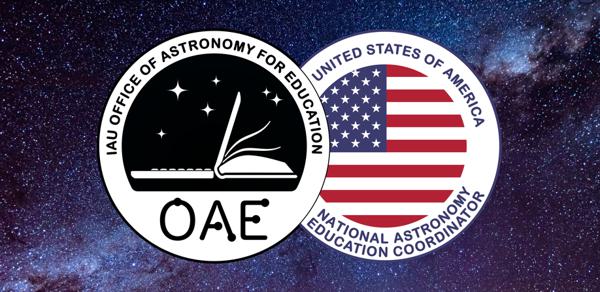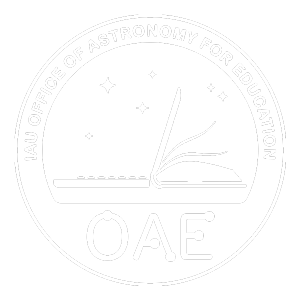Glossary term: 恆星時
Description: 恆星時根據地球相對於夜空中遙遠恆星的自轉來計算時間。在夜晚,我們可以看到夜空中的恆星圍繞著我們旋轉。如果我們選擇一顆恆星,並記錄下它在天空中到達最高位置的時間,那麼整整一個恆星日之後,即用我們的時鐘測量的 23 小時 56 分 4.1 秒之後,這顆恆星將再次到達最高位置。
這與太陽日有著微妙的區別,太陽日是指連續兩天當地正午(太陽到達天空最高點的時間)之間的時間。由於地球還在繞太陽公轉,對於地球上的觀測者來說,一年中太陽在天空中的位置會發生額外的變化。在地球相對於遙遠恆星自轉一圈的時間裡,太陽已經移動了,地球需要再自轉一圈才能趕上。這就是太陽日比恆星日長一點的原因。
恆星日對天文學家來說很重要,因為它告訴他們在白天或夜晚的某個時刻,天空的哪些部分在頭頂上,從而可以觀測到哪些天體。在標準天文坐標系--赤道坐標系中,地球上任何地方(不包括兩極)的恆星時都是同一個角度,即天空正上方一點的赤經(該坐標系中用於指定天空中位置的坐標之一)。實際上,當今的天文學家在觀測時使用的是高度精確的原子鐘測量的時間,然後使用計算機計算哪個時鐘時間對應哪個恆星時。
Related Terms:
See this term in other languages
Term and definition status: The original definition of this term in English have been approved by a research astronomer and a teacher The translation of this term and its definition is still awaiting approval
This is an automated transliteration of the simplified Chinese translation of this term
The OAE Multilingual Glossary is a project of the IAU Office of Astronomy for Education (OAE) in collaboration with the IAU Office of Astronomy Outreach (OAO). The terms and definitions were chosen, written and reviewed by a collective effort from the OAE, the OAE Centers and Nodes, the OAE National Astronomy Education Coordinators (NAECs) and other volunteers. You can find a full list of credits here. All glossary terms and their definitions are released under a Creative Commons CC BY-4.0 license and should be credited to "IAU OAE".
If you notice a factual or translation error in this glossary term or definition then please get in touch.








